Allt-y-cefn Tunnel
Allt-y-cefn Tunnel
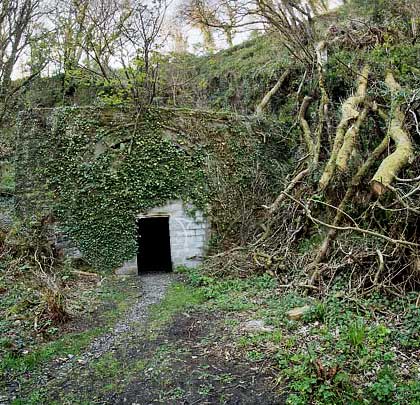
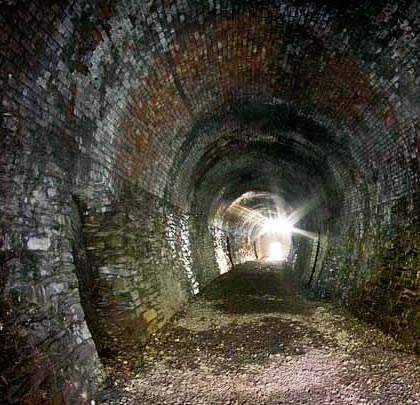
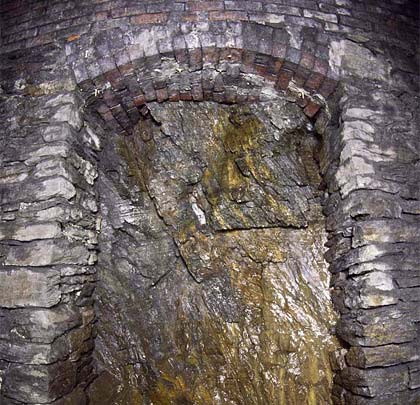
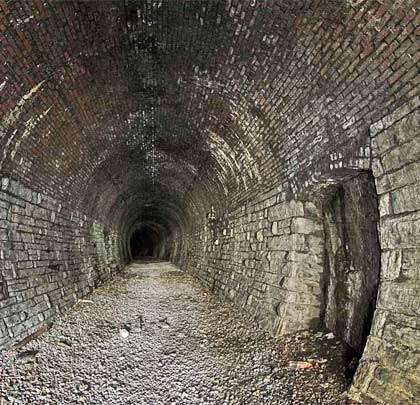
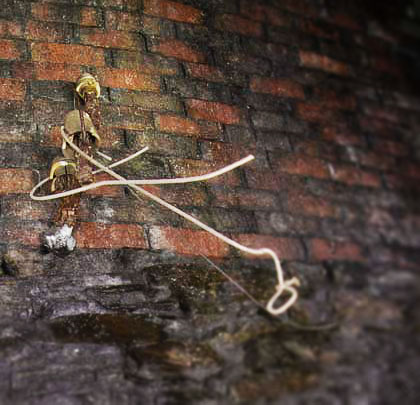
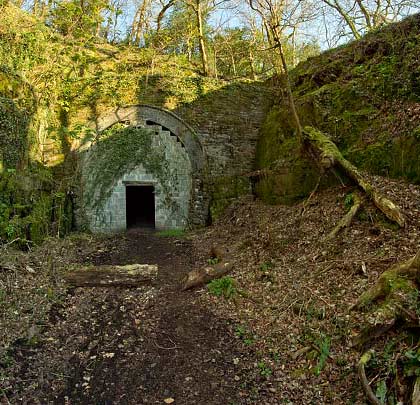
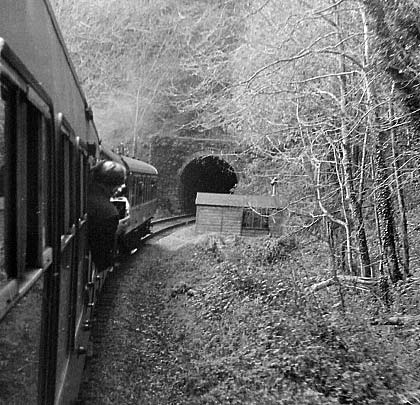
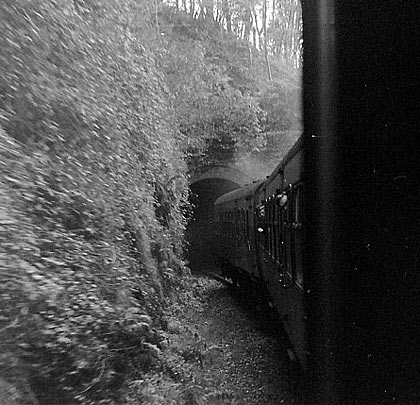








The Carmarthen & Cardigan Railway failed in its attempts to forge a rail link between the two towns named in its title, largely due to financial difficulties. Authorised on 1st July 1854, construction was contracted to London-based firm John Jay, working under engineer Joseph Cubbitt. The route was to be built to broad gauge standards, the company having faced insurmountable opposition from the South Wales Railway in its subsequent efforts to adopt standard gauge as a cost-saving measure.
The first sod was cut in March 1857 and trains started operating over a five-mile section to Conwil in 1860. Llandyssul, 18 miles from Carmarthen, was reached four years later; this involved taking the line through Pencader Tunnel, a challenging enterprise which saw Holdens take over from Jays after the latter abandoned its role as contractor.
In 1886, the Manchester & Milford Railway formed a junction with the C&CR at Pencader, establishing a through route northwards to Aberystwyth which became the main line. Another 21 years passed before thoughts of an extension to Newcastle Emlyn was rekindled, any prospect of reaching Cardigan having long since evaporated. In March 1881, the House of Lords approved a lease of the C&CR’s existing line to the Great Western Railway and, within four years, all the land needed for the push forward had been acquired. But progress proved painfully slow, symptomatic of the Great Western’s lack of enthusiasm for the project. Newcastle Emlyn eventually welcomed its first arrival on 1st July 1895, a decade after work started. Trains were serving Cardigan via a more westerly route nine years earlier.
From an engineering perspective, the extension was not hugely challenging. It did though require the construction of Allt-y-cefn Tunnel, 167 yards in length. This passed through a spur of land on the north bank of the River Teifi, curving northwards on a radius of about 26 chains.
The east portal comprises a masonry headwall which is extruded out from the rock face, the ground falling away to the south. The blockwall occupying the horseshoe-shaped entrance is now almost entirely consumed by ivy, effectively camouflaging the portal.
Inside, the tunnel is dry and comprises randomly-coursed stone sidewalls and a brick arch. Incorporated at regular intervals are functional refuges, but these are rather shallow due to being only the thickness of the lining. Their appearance is dominated by the exposed rock at their rear. Several insulator pots for the signalling system can also be found.
The diminutive west portal is accommodated at the end of a vertically-sided rock cutting. This too is being lost to vegetation, but features a stone headwall and brick oversail around the arch ring face.
Passenger services on the Newcastle Emlyn branch ended on 15th September 1952, but goods trains continued to run, mostly serving the local agricultural market, notably the creamery based at Newcastle Emlyn Station. As the prospect of closure loomed, excursion specials were chartered which drew hundreds of visitors to ride the line. But it was all in vain and the line lost its operational status on 22th September 1973, the track being lifted two years later despite the attempts of enthusiasts to acquire it in-situ.
Part of the former C&CR route is now used by the Teifi Valley and Gwili railways.
Click here for more of John’s pictures.
 June 2015
June 2015




